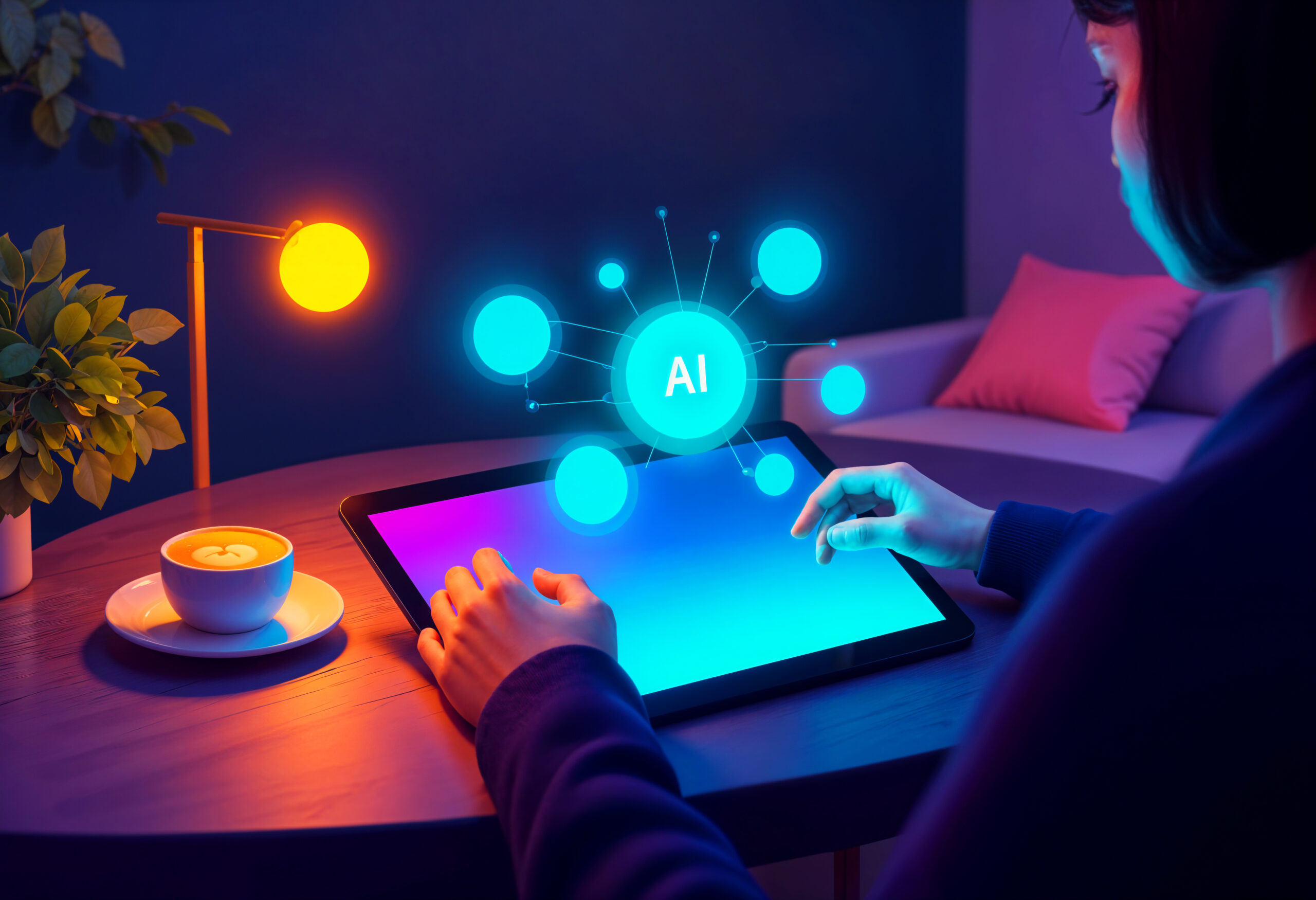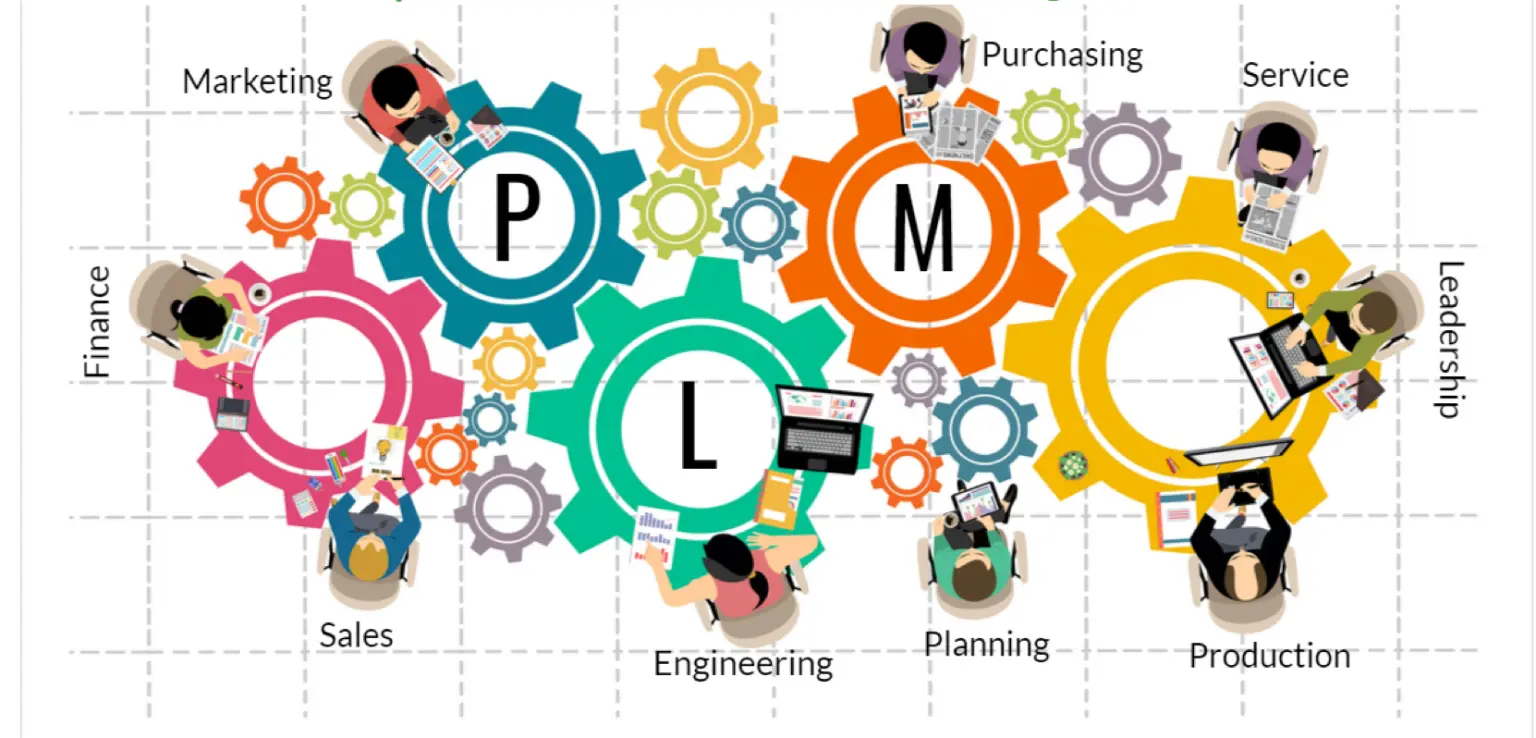Artificial Intelligence has moved past simple experimentation and is establishing itself as the central intelligence layer for all marketing operations in 2026. The key focus for the industry is no longer on if AI is used, but how well it is integrated into a cohesive, ethical, and predictive ecosystem. For marketing leaders and agencies, this evolution means automating strategic decision-making, delivering genuine 1:1 hyper-relevance, and mastering new visibility channels like Generative Engine Optimization (GEO). The next digital revolution is now underway, and those who treat AI as a core business strategy, rather than a simple tool, are poised to unlock exponential growth and outperform their competitors.
Key Takeaways
- Hyper-Relevance is the New Personalization: AI will enable real-time, context-aware content generation, moving past basic audience segmentation to create truly individualized customer journeys.
- The Age of Autonomous Agents: Industry analysts predict AI systems will manage full campaigns—from goal-setting and budget allocation to creative iteration—with minimal human intervention.
- Generative Engine Optimization (GEO) Dominance: Marketers must shift from traditional SEO to optimizing content for direct answers, authority, and citation by AI search engines and large language models.
- Ethical AI Governance is Mandatory: New regulations demand that brands adopt clear frameworks for data governance, model transparency, and bias checks to maintain customer trust and compliance.
- Success Requires a Hybrid Team: The winning model pairs human marketers, who provide strategy, empathy, and creative oversight, with AI’s ability to execute, scale, and analyze data in real time.
Table of Contents
- Essential Statistics: The Foundation of AI Marketing
- The Shift to Integrated AI Ecosystems
- Decoding the Top AI Marketing Trends Shaping 2026
- Preparing for the Future: A Roadmap for Brands and Agencies
- 7 Strategic Phases for AI Implementation Success in 2026
- Selecting Your Co-Creation Partner (A Vetting Guide)
- Conclusion
Essential Statistics: The Foundation of AI Marketing
AI is no longer a future promise; it is the current reality shaping market growth and expenditure. Understanding these facts is the first step toward effective strategy:
- Accelerated Adoption: While many brands were hesitant just a year ago, current projections show that over 85% of marketing teams will be actively using generative AI tools for creative asset production by 2026.
- Revenue Uplift: Companies that fully integrate AI into their customer journey mapping and personalization efforts are forecast to see an average increase of 21% in average order value and a 35% boost in purchase frequency.
- Operational Savings: Marketing teams are already reporting significant time savings—often between 1 and 5 hours weekly per marketer—by offloading routine tasks like content drafting, data analysis, and A/B test setup to intelligent systems.
- The Funding Leap: The global market valuation for AI in marketing is rapidly climbing, demonstrating that investment is moving from pilot programs to mission-critical infrastructure.
The Shift to Integrated AI Ecosystems
One of the most significant AI marketing trends for 2026 is the movement away from using individual, isolated AI tools toward fully connected, integrated AI ecosystems.
Moving Beyond Siloed Tools
In the past, a brand might use one tool for email copy, another for ad bidding, and a third for analytics. This siloed approach is increasingly inefficient. An integrated system connects these functions, allowing data to flow seamlessly between them.
The Continuous Intelligence Loop
In an AI ecosystem, analytics, content generation, and execution work in a continuous feedback loop:
- Predictive Analytics forecasts which segments are most likely to convert.
- Generative AI instantly creates the optimal creative and copy for that prediction.
- Autonomous Agents deploy the content, monitor performance in real-time, and automatically re-allocate budget or adjust the message mid-campaign.
This approach means that the marketing function is less about manual execution and more about strategic guidance. The goal is not just to replace tasks, but to enhance the speed and precision of human strategic intuition.
Decoding the Top AI Marketing Trends Shaping 2026
The future of marketing is dynamic and multifaceted. Here are the core AI marketing trends that will define success in the coming year:
1. Hyper-Relevance and Contextual Commerce
Personalization used to mean putting a customer’s name in an email. Hyper-relevance means customizing the entire customer experience in real time, from the website banner seen to the specific product recommendation received, based on immediate, real-time context and intent. AI analyzes thousands of data points instantaneously to deliver a message so timely and specific it feels almost predictive.
2. Generative Content Orchestration (Text, Video, and 3D)
AI is driving a new standard for creative scale. Generative AI can now produce sophisticated multi-modal content at scale, ensuring the brand narrative is consistent across all formats:
- AI-Generated Video: Teams can create hundreds of short-form video variations for different demographics and regions in minutes.
- 3D and AR Assets: Generative tools are instantly creating 3D models and augmented reality (AR) try-ons for e-commerce, making immersive experiences accessible to small and medium-sized brands.
3. The Rise of Generative Engine Optimization (GEO)
As generative AI (like Google’s AI Overviews and conversational chatbots) increasingly provide direct, synthesized answers, Generative Engine Optimization (GEO) becomes a primary visibility channel. GEO is about optimizing content not for high ranking on a list of links, but for being cited and used as an authoritative source within an AI-generated answer. Key tactics include focusing on structured data, content depth, clear answer formats, and establishing strong brand authority.
4. AI-Driven Immersive Experiences and Gamification
Marketers are leveraging AI to blend the physical and digital. AI is making immersive experiences—like virtual product try-ons, augmented reality campaigns, and gamified loyalty quizzes—easier and faster to produce and personalize for individual users.
5. Predictive Customer Lifecycle Management (PCLM)
Predictive intelligence has become a powerful tool. AI-driven PCLM allows brands to anticipate churn, forecast a customer’s future needs, and estimate Lifetime Value (LTV) with high accuracy. This capability allows the marketing team to orchestrate proactive, retention-focused campaigns before the customer even signals intent to leave.
6. Conversational AI Dominance and Voice Search
Conversational AI is moving beyond simple chatbots. In 2026, AI-driven assistants will handle complex, multi-turn sales and support journeys, optimizing for how people speak, not just what they type. This requires brands to design authentic brand dialogues that feel intuitive and human-like.
7. Autonomous Media Buying and Real-Time Optimization
Traditional ad campaigns depended on manual analysis. AI now automates media buying, allowing autonomous agents to test creative variables, adjust bids, and re-allocate budgets across platforms in milliseconds, ensuring maximum ROI in real-time.
A Roadmap for Brands and Agencies
Successfully navigating the AI marketing landscape requires a plan that prioritizes integration, talent, and ethical strategy.
Why Partnership is Key to Accelerated Adoption
Whether a team is managing an in-house brand or is an agency looking to white-label AI capabilities, partnering with a knowledgeable specialist offers significant advantages:
- Risk Reduction: An expert partner implements essential governance and bias checks, safeguarding the brand from harmful or non-compliant AI outputs.
- Integrated Solutions: They provide 360-degree insights, connecting AI across paid media, content, and CRM, preventing fragmented or siloed results.
- Speed to Value: They bring battle-tested playbooks and data pipelines, significantly cutting the time required to move from concept to measurable results.
It is critical to find a reliable Digital Marketing Company In India that understands the global regulatory environment while providing ethical, cutting-edge AI solutions.
7 Strategic Phases for AI Implementation Success in 2026
To move from experimentation to true capability, marketing organizations should utilize this phased approach designed for measurable results:
Phase 1: Strategic Diagnosis
- Goal Clarity: Leaders must define 2-3 specific, measurable business outcomes (e.g., “Reduce Cost Per Acquisition (CPA) by 20% in Q3”).
- Data Audit: The team should catalog all first-party and zero-party data sources, identifying gaps, quality issues, and privacy constraints.
Phase 2: Use Case Prioritization
- Impact Mapping: Select 3 high-impact use cases (e.g., Predictive Churn Scoring, Dynamic Creative Optimization) that most directly address the business goals.
- Metric Definition: Clear Key Performance Indicators (KPIs) must be set for each use case (e.g., “30% CTR uplift on dynamic ads”) to ensure accountability.
Phase 3: Data Foundation
- Unification: Data must be cleaned, unified, and centralized into a single, accessible platform (e.g., a modern Customer Data Platform or data warehouse).
- Governance Framework: Establish firm policies for data handling, consent management, and PII protection to ensure ethical compliance from the start.
Phase 4: Architecture Selection
- Tool Stack Pragmatism: The organization should select a technology stack that favors open APIs and interoperability over proprietary lock-in.
- Core Systems: Ensure the architecture includes a prediction engine, a generative layer, and a robust conversational platform.
Phase 5: Pilot and Validation
- Guardrail Deployment: Launch one use case as a small, contained pilot with strict Human-in-the-Loop checkpoints for oversight.
- A/B Testing: Use rigorous A/B or holdout testing to validate the AI’s performance against a human-managed baseline.
Phase 6: Operationalization
- Standardization: If the pilot is successful, the process must be standardized, documenting best-practice prompts, model settings, and human approval steps.
- Team Training: Upskill the team to manage, audit, and strategically prompt the AI system, shifting their focus from execution to quality control and strategy.
Phase 7: Scale and Continuous Governance
- Expansion: The successful use case should be scaled across other channels and customer segments.
- Continuous Monitoring: Implement real-time monitoring for performance decay, ethical checks, and hallucination filters, ensuring ongoing brand safety and accuracy.
Selecting Your Co-Creation Partner (A Vetting Guide)
Choosing the right AI marketing partner is a critical strategic decision for success in 2026. The brand should ensure they can deliver on the following six criteria:
- Vertical Case Studies: Demand evidence of measurable ROI (e.g., a clear percentage change in LTV or CPA), not just descriptive stories about AI usage.
- Tech Fluency: The partner must be able to clearly explain data pipelines, PII handling, and how they implement bias checks and model versioning.
- Clear Pilot Plan: The partner should propose a 60- to 90-day pilot tied to the client’s specific KPIs with predefined success and failure criteria.
- Balanced Team Mix: Look for a balanced team including data scientists/ML experts, creative leads, and experienced marketing strategists.
- Governance & Ethics Playbook: They must demonstrate robust procedures for testing fairness, controlling for “hallucinations,” and providing auditable change logs.
- Transparent Pricing and SLAs: The scope for the pilot must be clearly separated from the final scaling costs, with performance metrics tied to service level agreements (SLAs).
Conclusion
2026 is the year AI matures, moving from a novel capability to the integrated nervous system of the modern marketing organization. The real competitive advantage will not come from having the latest AI tool, but from the ability to ethically integrate these systems, leverage unique data, and empower the human team to focus on high-level strategy and creativity. By embracing a structured, ethical roadmap and securing the right partnership, a brand can position itself to not just adapt to the trends but to define them.


